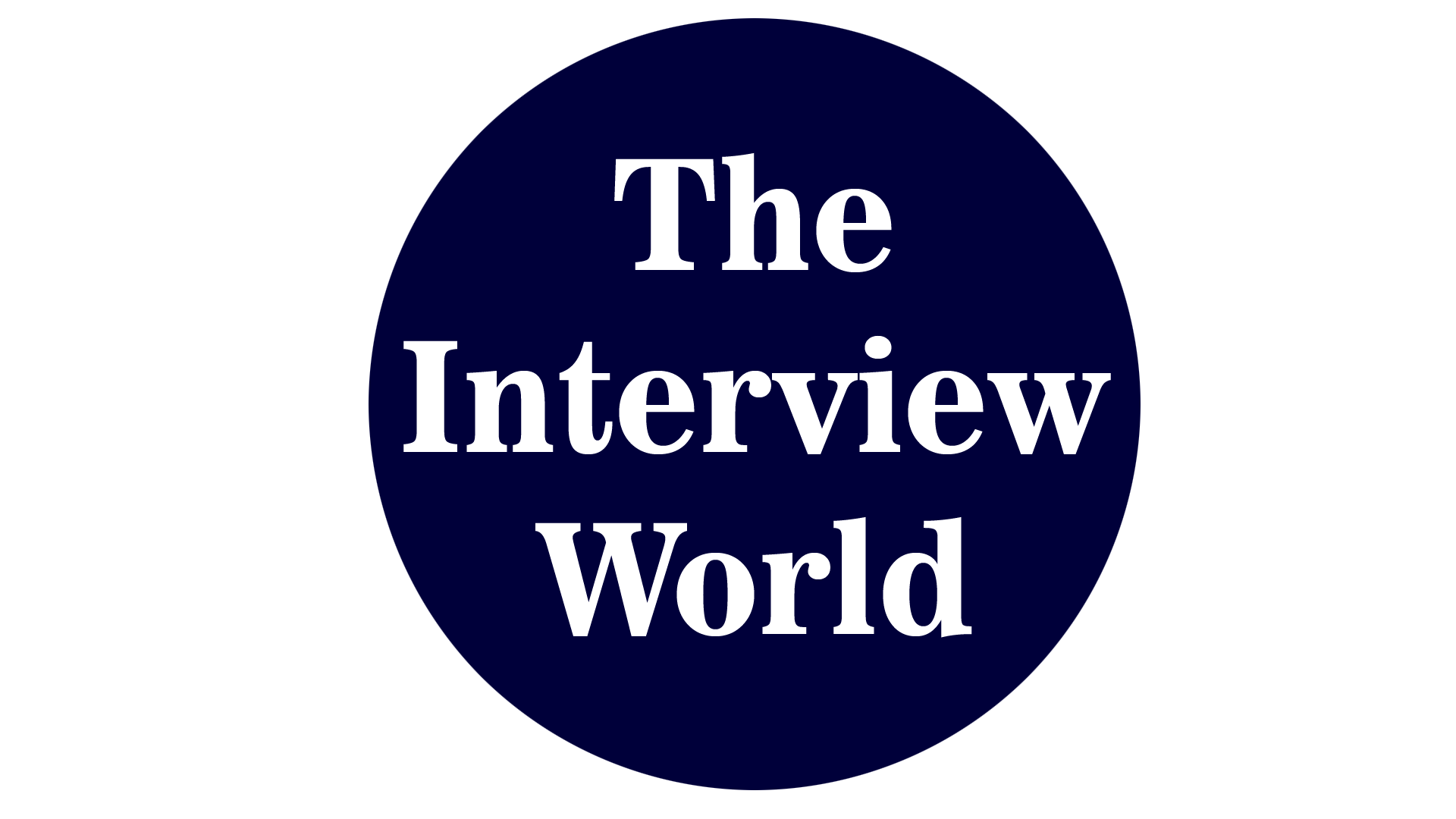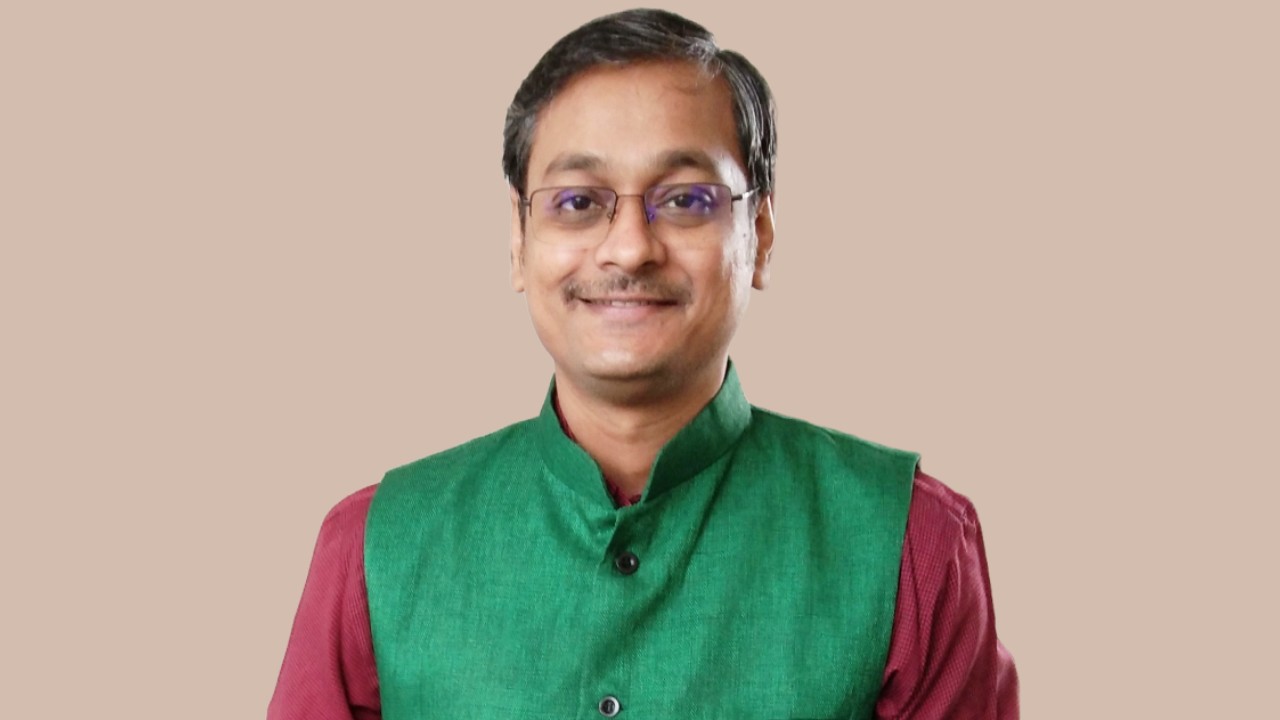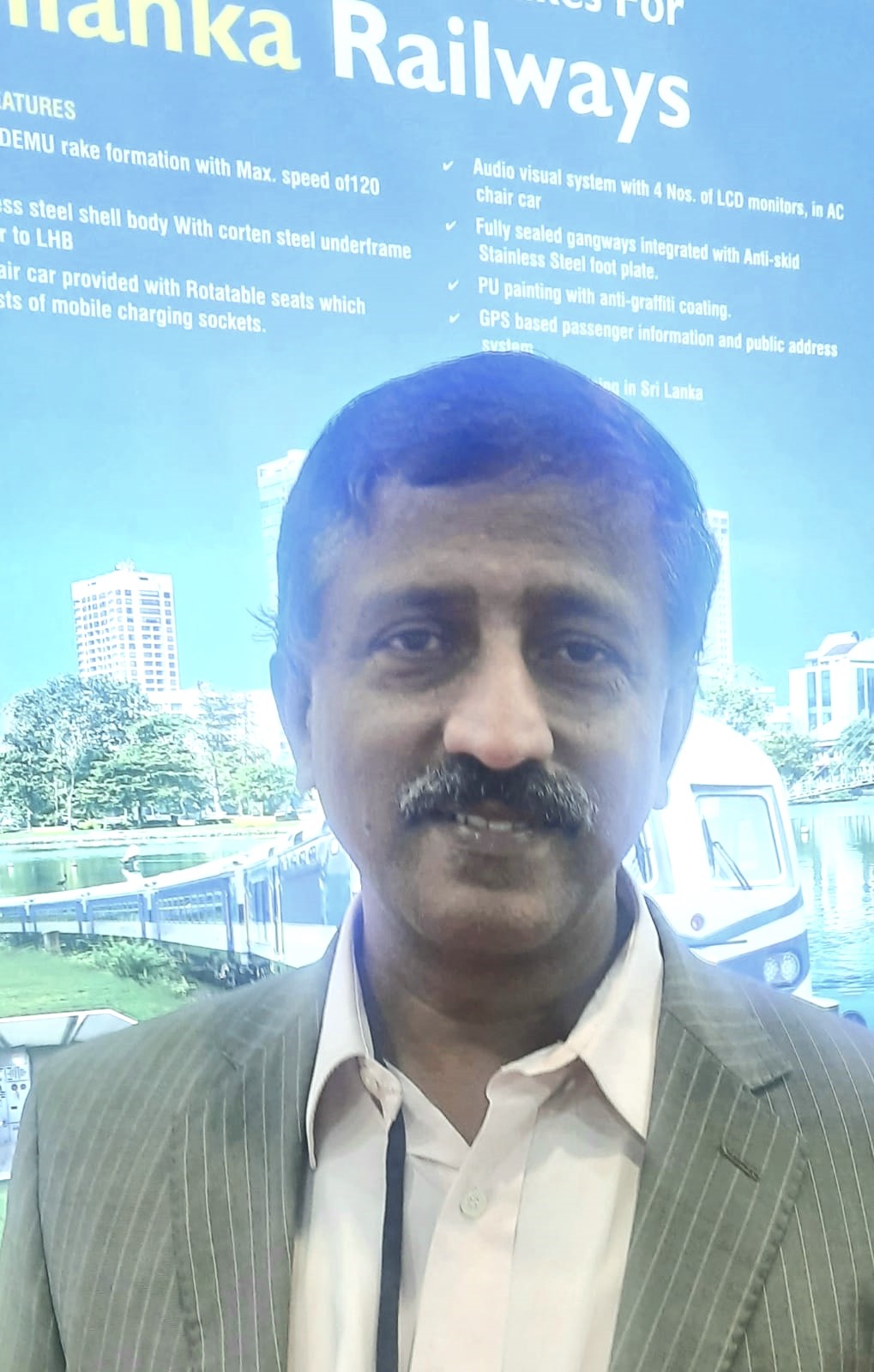Red Lantern Analytica, an eminent international affairs observer group, stands at the vanguard of scrutinizing and analysing the most pressing issues in global relations. With a sharp focus on geopolitics, the organization serves as a catalyst for robust, nuanced discussions on the intricacies of international diplomacy and strategic opportunities. Distinguished by its ethos of collaboration, rigorous research, and unwavering advocacy, Red Lantern Analytica has established itself as a formidable force in nurturing the kind of critical discourse that shapes the contours of contemporary geopolitics. A flagship initiative that encapsulates this mission is the Siang Dialogue—an intellectual crucible of ideas, indispensable in an era defined by strategic flux.
In a world where China’s economic and military assertiveness continues to rise, it is imperative that democracies and strategic partners move beyond reactive measures, opting instead for pre-emptive strategies that counterbalance its growing influence. The importance of such foresight cannot be overstated. This year’s Siang Dialogue promises to be a confluence of policymakers, strategists, and industry leaders—individuals whose voices will be pivotal in steering the course of the Indo-Pacific and beyond. The conversations engendered by this platform are not mere exercises in intellectual exchange, but rather, catalysts for structural and strategic shifts that are critical to ensuring a free, open, and resilient global order.
In an exclusive conversation with The Interview World, Siddhartha Ghosh, Managing Director of Red Lantern Analytica, delves into the inspiration that gave birth to the Siang Dialogue series. He expounds on the core themes of Siang Dialogue 2.0, examining their profound relevance in the current geopolitical climate. Ghosh also reflects on the lasting impact of the discussions from previous editions, while elucidating his expectations for this year’s event. Below, we present the key takeaways from this illuminating conversation.
Q: What inspired the creation of the Siang Dialogue series, and how did the concept of “Global Horizons: Addressing Current Concerns in an Evolving World” come to life for this year’s edition?
A: The Siang Dialogue series was conceived as a strategic forum designed to catalyse informed discourse on the most urgent geopolitical, economic, and security challenges, with a particular focus on the Indian Subcontinent and the broader Indo-Pacific region. In an epoch where revisionist powers such as China are unabashedly upending the global order—through economic coercion, debt-trap diplomacy, and belligerent maritime posturing—it has become both necessary and urgent to foster a dialogue anchored in geopolitical realism and actionable strategy.
The theme for this year’s Inaugural Session, which will set the stage for the forthcoming two-day discussions, “Global Horizons: Addressing Current Concerns in an Evolving World,” has emerged from a sobering recognition of the novel security dilemmas, technological upheavals, and economic recalibrations that demand immediate and sustained attention. The Siang River, which meanders from Tibet into India, serves as a potent symbol of both the obstacles and opportunities inherent in interconnected regions—making it a poignant metaphor for the kind of collaborative resilience required in an era fraught with uncertainty.
Q: Siang Dialogue 2.0 focuses on key issues such as maritime security, supply chain diversification, and cybersecurity in the AI age. Why are these topics particularly relevant today, and how do they interconnect in a rapidly evolving global landscape?
A: The Indo-Pacific has undeniably emerged as the epicentre of both economic and strategic influence, yet it is simultaneously the crucible of the world’s most pronounced geopolitical tensions. China’s relentless militarization of the South China Sea, its coercive actions towards smaller nations, and its use of economic warfare through strategic supply chain dependencies have only amplified the urgency for discussions on regional stability and global order.
Maritime Security: The People’s Liberation Army Navy (PLAN) has markedly escalated its presence in the Indian Ocean Region (IOR), deploying ostensibly “civilian” fishing fleets as instruments of grey-zone warfare. This strategy undermines the rules-based order and compels like-minded democracies to forge stronger naval cooperation to counteract such incursions.
Supply Chain Diversification: The COVID-19 pandemic and China’s subsequent export restrictions exposed the fragility of a global system overly reliant on a single nation for critical goods. Nations such as India, Japan, and other regional powers must urgently expedite initiatives aimed at fortifying supply chain resilience, exemplified by frameworks like the Indo-Pacific Economic Framework (IPEF), in order to break China’s stranglehold on manufacturing dominance.
Cybersecurity & AI: In a world increasingly shaped by AI, China has weaponized artificial intelligence in its strategy of hybrid warfare—leveraging it for surveillance, disinformation campaigns, and cyberattacks. Democracies must rise to the occasion by developing robust countermeasures to protect not just national security, but economic sovereignty and the integrity of personal data. Beijing’s aggressive use of AI-driven platforms, such as TikTok, to perpetrate disinformation campaigns has become a formidable global threat.
These issues are not isolated; they are deeply interwoven. Maritime dominance enables economic coercion, supply chain dependencies offer leverage, and AI-driven cyber operations pose a direct challenge to the stability of governments. Siang Dialogue 2.0 seeks to connect these disparate challenges, driving collaborative strategies that ensure a cohesive response to the growing geopolitical storm.
Q: Looking back at the impact of the first Siang Dialogue, how did it shape discussions and initiatives around the critical issues it addressed, and what feedback did you receive from attendees?
A: The inaugural Siang Dialogue firmly positioned itself as a premier platform for high-level, candid, and strategically astute discussions, uniting parliamentarians, policymakers, scholars, and defence analysts in a rare convergence of minds. From this first edition emerged a series of crucial takeaways, each underscoring the shifting tectonics of global geopolitics. Foremost among them was the recognition of China’s relentless expansion of influence across South Asia and the Indian Ocean, which illuminated the pressing need for smaller nations to proactively diversify their strategic partnerships, stepping resolutely beyond Beijing’s growing sphere of influence.
Equally critical was the call for the fortification of Quad+ frameworks, which offer a powerful counterbalance to China’s widening footprint in Southeast Asia and Africa, ensuring that a more robust, united front emerges to counteract its hegemonic ambitions. The dialogue also brought into sharper focus the imperative for India to assert itself more forcefully in the Global South, particularly through amplified engagement in technology, development finance, and military collaborations, thereby positioning itself as an anchor for emerging nations seeking alternatives to traditional power structures.
The overwhelming consensus from participants was unmistakable: the need to transition from abstract, theoretical discussions to concrete policy-level interventions and tangible, real-world collaborations. This surge of momentum led directly to the expanded scope of Siang Dialogue 2.0, which now integrates critical, forward-looking issues such as AI-driven cybersecurity and the urgent need for economic de-risking from China. Such a broadening of focus reflects the recognition that the future of global geopolitics demands not just dialogue, but decisive action.
Q: With global challenges evolving at an unprecedented rate, how do you ensure that the themes and discussions at Siang Dialogue 2.0 stay ahead of the curve and provide actionable solutions for participants?
A: To maintain a strategic edge, the Siang Dialogue adopts a three-pronged methodology. First, it hinges on Cutting-Edge Analysis, where discussions are guided by real-time intelligence and ground-level developments. A prime example is this year’s emphasis on supply chain diversification, directly informed by China’s coercive economic measures against Lithuania, Taiwan, and Australia. Second, the Dialogue prioritizes Policymaker Engagement, involving key decision-makers whose influence extends to policy formulation, ensuring that the dialogues transcend mere academic discourse and actively contribute to shaping legislative and strategic frameworks.
Finally, the Dialogue fosters Cross-Regional Collaboration by bringing together voices from the Indo-Pacific, Europe, and Africa, thus avoiding a narrow Western or South Asian perspective. This inclusive approach generates more comprehensive and globally relevant solutions. Ultimately, the Siang Dialogue seeks to craft actionable blueprints, whether aimed at strengthening India-Europe cooperation on digital infrastructure, securing Indo-Pacific maritime corridors, or reducing dependence on Chinese technological dominance.
Q: What are the key expected outcomes from Siang Dialogue 2.0, and how will you measure its success in addressing the global challenges outlined, especially in terms of fostering real-world change or collaborations?
A: Siang Dialogue 2.0 transcends the realm of mere discourse—it is a catalyst for influence and action. We gauge its success through several key measures. First, Policy Adoption: Are the recommendations arising from our dialogues integrated into national and regional policies? This includes critical areas such as supply chain realignments, cybersecurity frameworks, and maritime alliances. Second, we examine Cross-National Collaborations: Do the participants go beyond the event to forge lasting partnerships? Are joint policy papers, Memoranda of Understanding (MoUs), or diplomatic engagements born from our discussions? Third, the Dialogue plays a pivotal role in Strategic Narrative Shaping, particularly in countering Beijing’s growing influence within the global policy sphere.
By uniting democratic voices, we aim to thwart China’s disinformation campaigns and narrative warfare in international institutions. Ultimately, the true measure of success lies in whether policymakers from the Anglosphere and leaders from the Global South advance the critical themes of Siang Dialogue 2.0. If so, we have succeeded in transforming intellectual engagement into tangible geopolitical and economic resilience.









